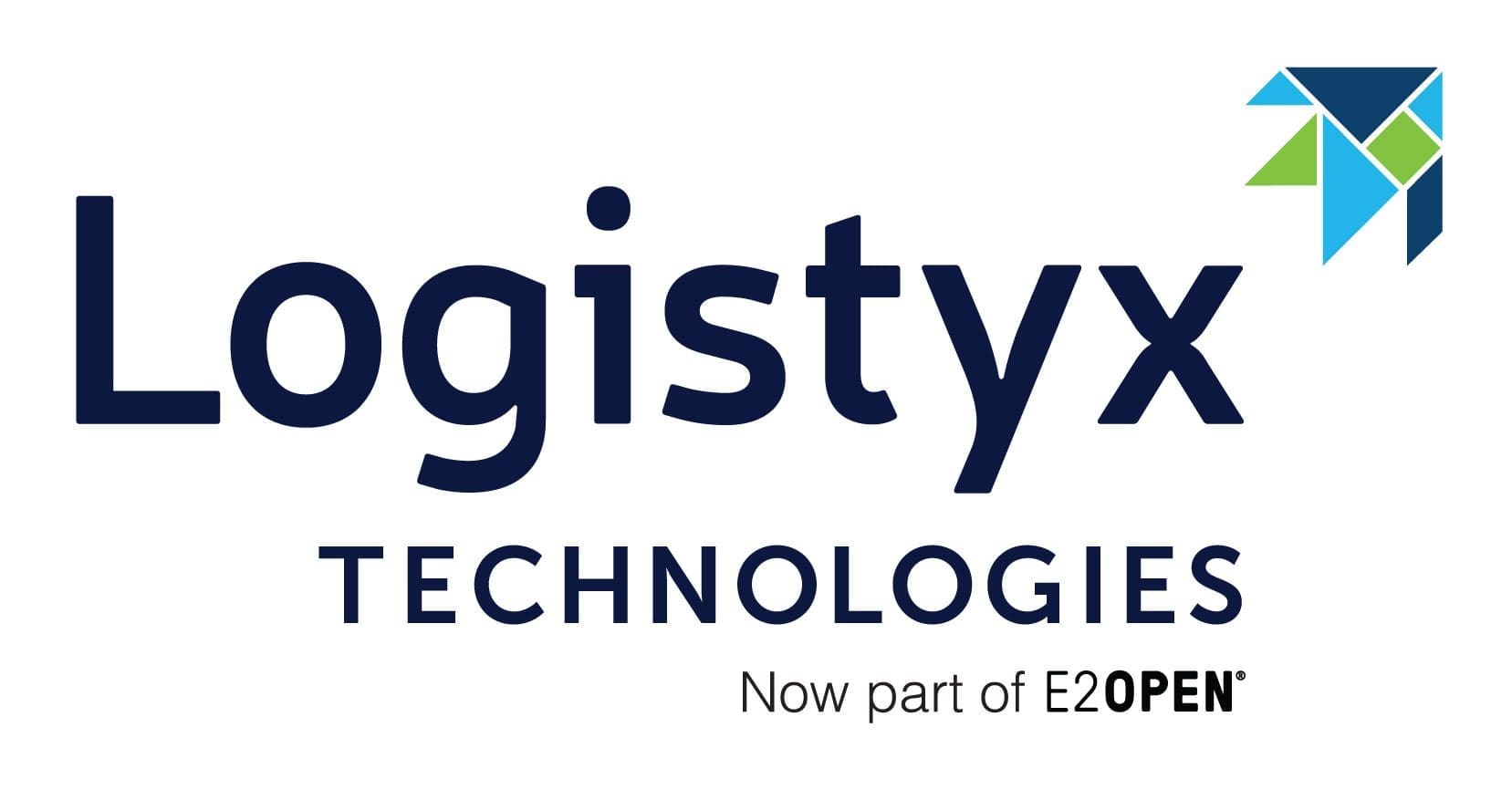
On July 23, 2025, the White House issued a formal directive to implement the “AI Action Plan,” accompanied by three executive orders. The stated objective is to increase domestic capacity for artificial intelligence development and deployment. This policy shift includes adjustments to federal regulations, infrastructure planning, and export control frameworks—all of which have direct operational implications for U.S. supply chains.
Data Center Expansion and Grid Impacts
One core element of the policy is support for increased AI infrastructure—specifically large-scale data centers. Announced private-sector partnerships (involving Oracle, OpenAI, and others) propose 4.5 gigawatts of new capacity through the Stargate project.
This level of development, if realized, will affect:
- Local and regional utility planning.
- Construction materials procurement (e.g., steel, concrete, HVAC systems).
- Demand on energy infrastructure, including transmission and substation upgrades.
No accompanying federal funding or rate structure adjustment mechanisms have been announced. Utilities and site developers may face delays due to permitting and interconnection bottlenecks.
Regulatory Modifications Across Sectors
The AI Action Plan introduces a deregulatory approach, rolling back earlier oversight requirements. Agencies are directed to review and revise existing rules that may limit AI integration in agriculture, logistics, manufacturing, and healthcare.
For supply chain operations, this means:
- Fewer constraints on the use of predictive analytics and automation tools.
- Greater discretion at the firm level regarding how AI is integrated into planning, warehousing, and transportation.
- A likely increase in state-by-state regulatory variation.
The plan includes a framework for “regulatory sandboxes,” allowing controlled AI deployment under modified compliance requirements. Implementation details have not been published, and agency timelines vary.
Changes to Export Controls and Trade Positioning
The plan proposes adjustments to AI-related export controls, particularly for semiconductors and software. This may lead to broader international access to U.S.-developed AI products.
Potential effects include:
- Expanded markets for AI-enabled supply chain software and hardware.
- Adjustments to procurement strategies for firms dependent on restricted technologies.
- Risk exposure for firms managing cross-border AI deployments involving sensitive data.
Export control changes remain subject to ongoing interagency review, and updates will likely be implemented incrementally.
Labor and Workforce Development
The executive orders reference workforce retraining in response to AI-related automation, but no specific funding, program design, or federal guidance has been issued. For now, firms should monitor for future Department of Labor or Department of Education actions related to workforce support programs.
Summary for Supply Chain Stakeholders
The policy direction is clear: enable faster deployment of AI technologies across industries, reduce administrative burden, and expand infrastructure. However, the implementation pathways are still developing. From a supply chain standpoint, several practical considerations emerge:
- Infrastructure Planning: Data center and energy capacity expansions will affect logistics, site selection, and facility operations.
- Operational Governance: With reduced federal oversight, companies will need to strengthen internal controls related to AI use, especially in safety-critical applications.
- Global Trade Exposure: Firms should reassess their international technology supply chains and compliance obligations under evolving export rules.
- Labor Strategy: While AI adoption may offer efficiency gains, labor displacement should be factored into medium-term planning models.
















